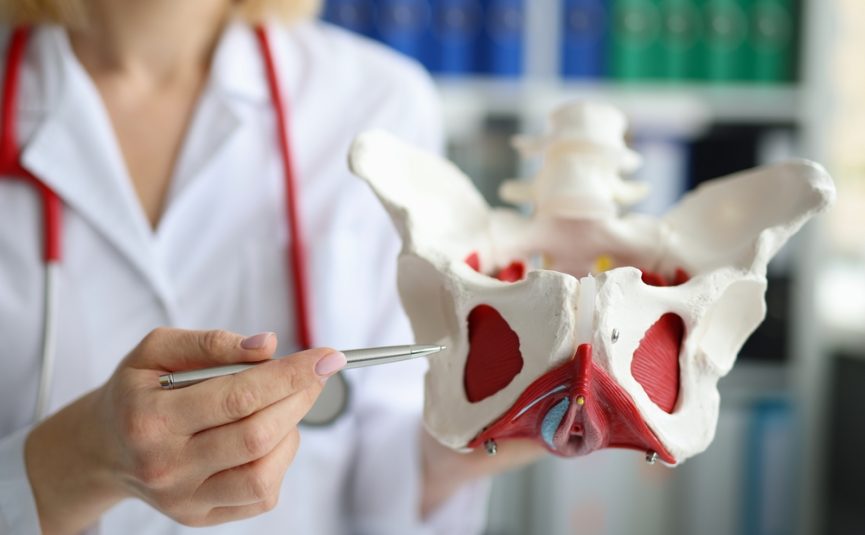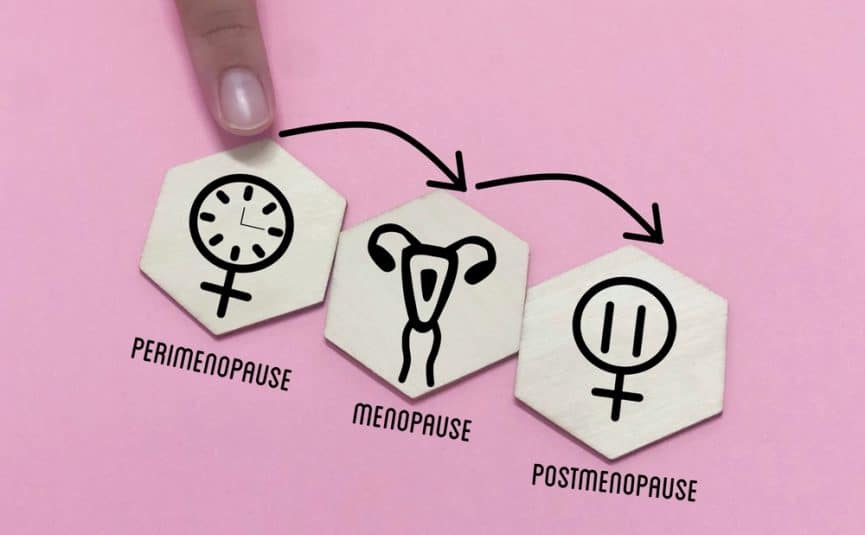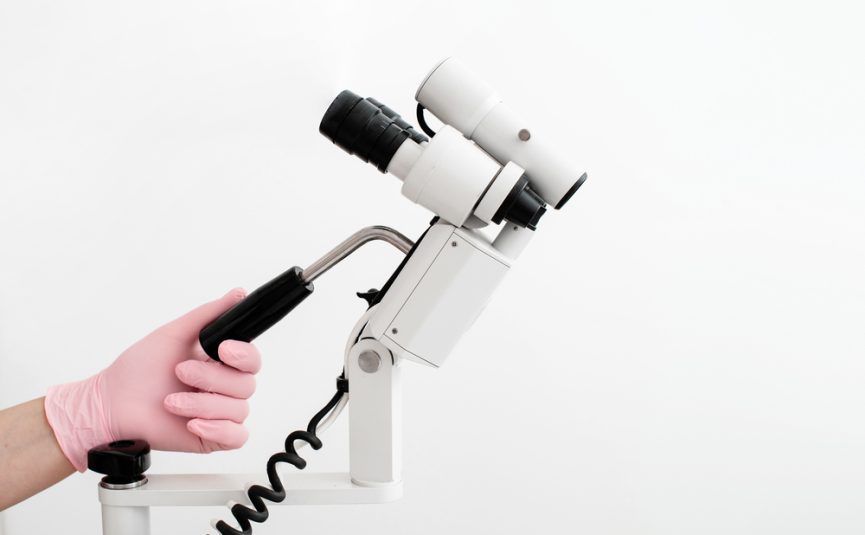East Melbourne VIC 3002

Chronic pain suggests that it has been present for 3-4 months at least, either continuously as episodes. It can be complex, persistent, and often frustrating for patients – impacting daily activities, relationships, and emotional well-being. Understanding its cause requires a careful, structured approach that considers not just physical pathology, but also how nerves and pelvic organs are functioning.
What is Pelvic Pain?
Pelvic pain is often a debilitating symptom. It interferes with work, your quality of life and your ability to interact with family and others. It can be demoralising, and if it is not managed in a scientific and caring manner, the symptoms can seem almost endless.
Understandably, women want answers. What is causing my pain, how can it be best treated, and can it be successfully cured?
The first question to ask is, is there a pathological cause – a disease of one of the pelvic organ systems, such as the uterus, ovaries, bowel, bladder or the supporting tissue to these organs.
Is this a pain syndrome where there is no obvious pathological cause, but the pain is real and basically occurs because of the way that nerves that supply this area behave, in other words, the pain is due to how nerves or organ systems are behaving rather than a specified disease entity.
These “functional pain syndromes” can occur anywhere in the body.
Just because medical practitioners or other paramedical staff cannot find a cause for pelvic pain, it does not mean it does not exist.
Chronic pelvic pain will occur in the lifetime of women in 10-20% of the female population.
Finding the cause of chronic pelvic pain involves taking a careful history, especially with respect to the nature of the pain, the duration of the pain, and any features that have triggered the pain, such as:
- Its relationship to your menstrual cycle.
- Its relationship to using your bowels.
- Its relationship to passing urine.
- Its relationship to having intercourse
- Any other triggering events.
Similarly, it is important to find out what treatments or lifestyle changes improve the pain. The exact site and radiation of the pain is important and whether or not the pain is constant or wavers with flare-ups occurring.
Associated Signs and Symptoms of Pelvic Pain
Any associated symptoms such as feeling unwell, fever, headaches, pain with intercourse, pain on using your bowels and any features that may give us some clue as to the nature of the pain.
The presence of bowel symptoms can be especially important, symptoms such as:
- diarrhoea
- constipation
- abdominal bloating

What Should I Expect During a Pelvic Pain Assessment?
A gentle pelvic examination involving a speculum examination, tests for infection, a cervical screening test and other necessary investigations to be mentioned are important to consider. The presence or absence of abnormal uterine bleeding such as bleeding after intercourse or bleeding in the middle of your cycle can be important to consider.
Investigations also may include blood tests for infection, a midstream urine test as well as the mentioned vaginal screen for infections. The final investigations to consider, are imaging investigations including ultrasound (and this should be with a group that specialises in gynaecological ultrasound), the possibility of an MRI with the use of contrast, especially if endometriosis or soft tissue disease is expected or a CT scan for bony and bowel symptoms.
The common causes of chronic pelvic pain include:
- Either superficial or deep infiltrative endometriosis which may involve other organs such as the bowel
- Adhesions
- Infection
- Diseases of pelvic organs such as adenomyosis of the uterus or ovarian cysts
Other common causes that include bowel causes such as:
- Irritable bowel syndrome or inflammatory bowel disease
- Urinary tract infections
- Pelvic adhesions
- Functional syndromes as mentioned above
Once a diagnosis has been established, it is important to consider the use of other practitioners who may be particularly helpful such as a physiotherapist, pain psychologist and a pain management physician.
The definitive test, especially where pathology is expected or where it is impossible to reach a diagnosis, is a diagnostic laparoscopy, a procedure performed under general anaesthetic.
Treatment Process
A small incision is made in the umbilical fold and an operative telescope is inserted and it is possible then to visualise all the pelvic organs. This is especially useful for adhesions and infections but especially endometriosis. This allows immediate surgical treatment such as the excision of nodules of endometriosis or division of adhesions.
A/Prof Len Kliman takes the symptom of chronic pelvic pain especially seriously. It can be a debilitating and demoralising disorder and a careful diagnosis and appropriate treatment is essential to alleviate any suffering.










